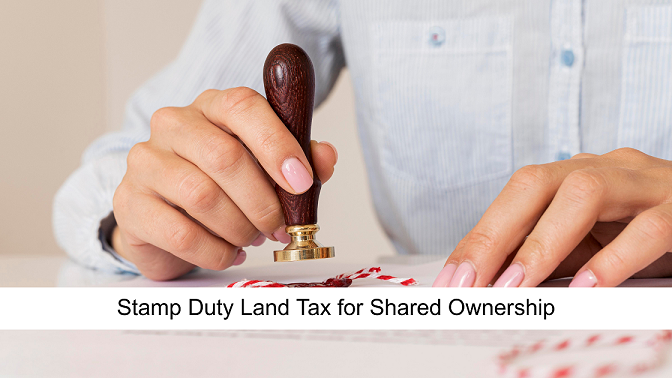
Buying a home can be exciting, but sometimes expensive, especially with extra costs like taxes. If you’re thinking about shared ownership, which lets you buy part of a home and pay rent on the rest, it’s important to understand Stamp Duty Land Tax (SDLT). The rules for SDLT are a bit different for shared ownership compared to buying a house outright.
In this blog, we’ll explain what Stamp Duty Land Tax is, how it works with shared ownership, and what you need to know to avoid surprises when buying your home.
Stamp Duty Land Tax is a tax charged by the government on property transactions in England and Northern Ireland when the price exceeds certain thresholds. It is payable by the buyer and calculated as a percentage of the property price or lease premium.
SDLT ensures that part of the cost of acquiring a property is contributed to public funds.
For shared ownership properties, SDLT rules are slightly different from those for purchasing a home outright, primarily because you initially buy only a share of the property and pay rent on the remaining share.
Shared ownership is a government-backed scheme aimed at helping people buy a home by purchasing a share (usually between 25% and 75%) and paying rent on the remaining share, which is owned by a housing association or similar public body.
Over time, buyers often have the option to "staircase" by buying additional shares, eventually owning 100% of the property.
To qualify for special SDLT provisions, the shared ownership lease must be granted by an approved qualifying body, such as:
When buying a shared ownership property, you have two main options for paying SDLT:
You pay SDLT on the full market value of the property upfront, as if you were buying 100% ownership, even though you initially only purchase a share. This means the SDLT is calculated on the property's total value, not just the initial share you are buying.
The benefits are:
You pay SDLT only on the share you initially purchase plus the "net present value" of the rent payable on the remaining share over the lease term. When you staircase and buy additional shares later, you pay SDLT on those extra shares.
The benefits are:
When you choose to pay SDLT incrementally, you are also taxed on the rental portion of the shared ownership lease. This is calculated using the Net Present Value (NPV) method, which estimates the current value of all future rent payments you’ll make over the lease term.
Tip: Use HMRC’s SDLT calculator or consult a property tax specialist to estimate your SDLT liability accurately.
Currently, SDLT is not payable on the portion of the property value up to £250,000 when buying through shared ownership schemes. For first-time buyers purchasing shared ownership, a higher threshold of £300,000 applies from April 2025, potentially exempting many from SDLT at the initial stage.
Standard residential SDLT rates apply above these thresholds. It's important to check the current rates as they can change.
If you're selling your shared ownership property, SDLT doesn’t typically apply to you as the seller. However, it may impact the buyer, depending on the structure of the sale.
Deciding whether to pay Stamp Duty Land Tax (SDLT) upfront or in stages depends entirely on your personal situation. Here’s a simple breakdown to help you choose:
Think about what you can afford now, what your long-term plans are, and how the property’s value fits with SDLT thresholds to choose the SDLT method that works best for you.
Stamp Duty Land Tax is a key cost when purchasing a shared ownership property in England and Northern Ireland. Buyers have flexibility in how to pay: either upfront on the full market value of the property or incrementally based on the share purchased plus rent payable.
Understanding SDLT rules, rates, and reliefs will help you budget better and make an informed decision. At PHS Associates, we not only guide you through SDLT on shared ownership properties but also offer expert personal tax planning services to help you manage your overall financial position more effectively. Contact us at 0208 8611685 and email info@phs-uk.co.uk. Get in touch today to register with confidence and focus on building your business.